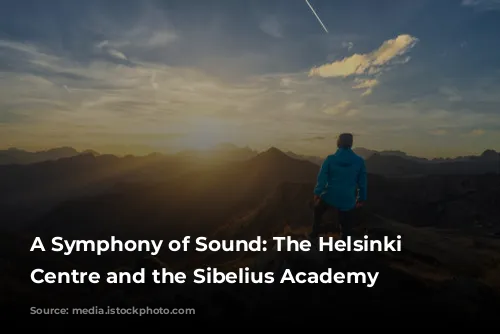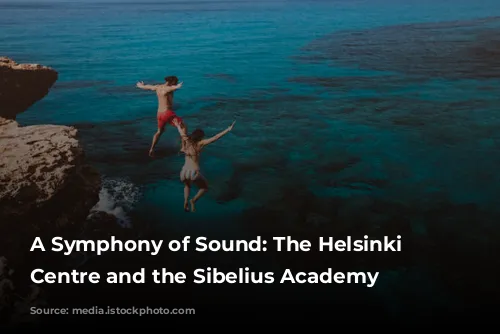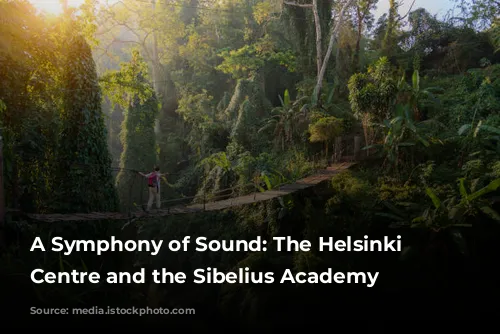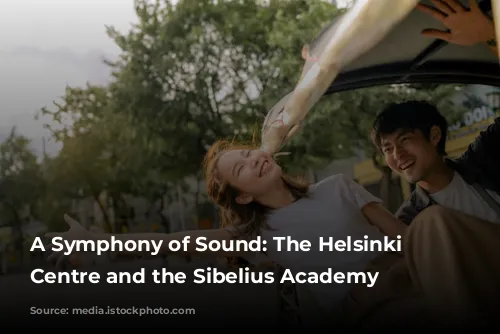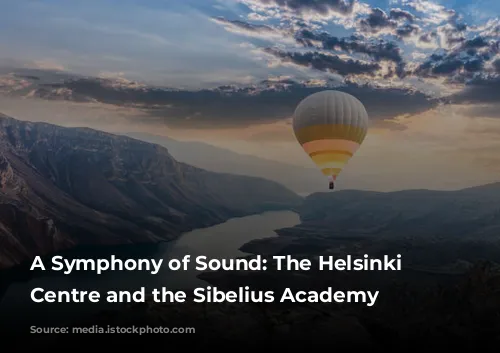The Helsinki Music Centre (HMC) is a shining example of Finnish architecture. This building is more than just a concert venue; it’s a thriving hub for all things music. The HMC fosters a vibrant musical culture in the heart of Finland’s capital city. The main concert hall is the heart of the HMC, but it’s the Sibelius Academy, nestled within its walls, that holds the key to Finland’s musical future.
This paragraph introduces the Helsinki Music Centre and the Sibelius Academy, highlighting their importance to Finnish culture.

A Haven for Musical Creativity: The Sibelius Academy
The Sibelius Academy is a bustling space teeming with ambitious young musicians. It’s home to four concert halls and a wide array of high-tech facilities. The academy boasts seven audio recording studios, three edit studios, two studio performance spaces, and two vision control rooms. This cutting-edge facility is truly state-of-the-art.
This paragraph focuses on the Sibelius Academy, describing its facilities and highlighting its role in training musicians.
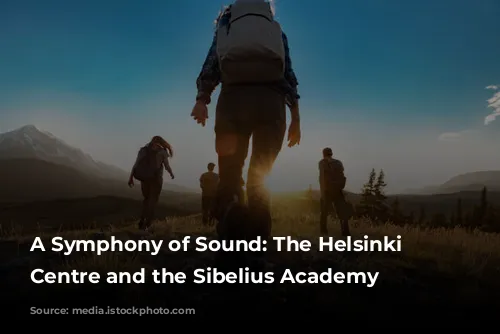
A Sound System Symphony: The Technology Behind the Music
The HMC and the Sibelius Academy were carefully designed by leading Finnish consultants Akukon. The Academy’s four concert venues are equipped with d&b audiotechnik loudspeaker systems, supplied by msonic and installed by Electro Waves. Each concert hall is unique, with specific acoustic needs. Ari Lepoluoto, the project lead for Akukon, describes the acoustic flexibility of the Camerata hall: “This hall can be adjusted to have a very dry sound or a light reverberation.” Akukon was impressed by the d&b loudspeakers’ low noise floor and their accurate technical specifications, which made project planning much easier.
This paragraph delves into the technical aspects of the Sibelius Academy, emphasizing the role of Akukon and the quality of the d&b audiotechnik system.
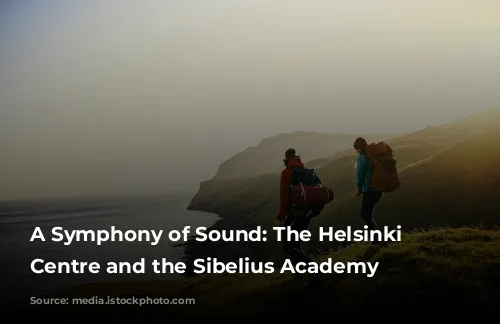
Adaptable Spaces for Diverse Performances
The Black Box theatre is a flexible space, ideal for both theatrical performances and amplified electronic music. It features a d&b T-Series system alongside a d&b J-INFRA system for electronic music performances. The Sonore hall, designed for musical theatre, shares similar dimensions and acoustic features with the Black Box, and its stage even has a variable orchestra pit. The public concert area, a spacious lobby and restaurant, is equipped with a d&b Q-Series system, featuring Q7s and Q-SUBs. Finally, the Organo Hall, dedicated to organ recitals, houses three organs and does not require sound reinforcement.
This paragraph explores the different types of concert halls in the Sibelius Academy, outlining their functions and the sound systems used in each.
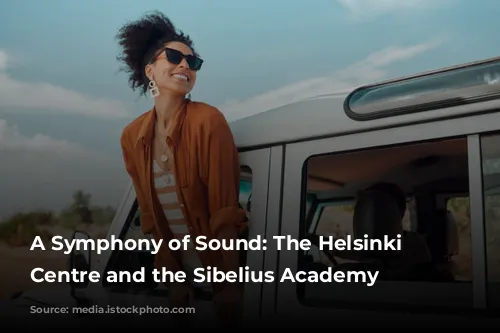
A Triumph of Collaboration: A Success Story
Tero Hölttä, project manager for msonic, highlights the success of the HMC project: “This project, along with the renovation of the Swedish Theatre, showcases our work with d&b audiotechnik in Helsinki. The Sibelius Academy was a technically challenging project, but Akukon’s expertise made it a resounding success.” The HMC and the Sibelius Academy are a testament to the power of collaboration and innovation in creating a world-class musical environment in Helsinki.
This paragraph concludes the article, highlighting the successful collaboration between Akukon, msonic, and Electro Waves, and emphasizing the impact of the HMC and Sibelius Academy on Helsinki’s musical landscape.
